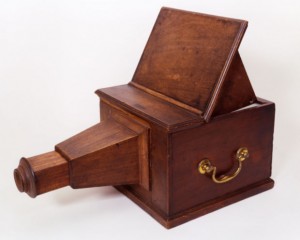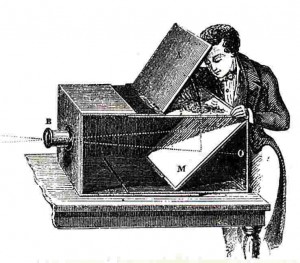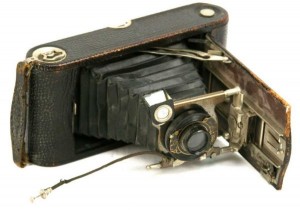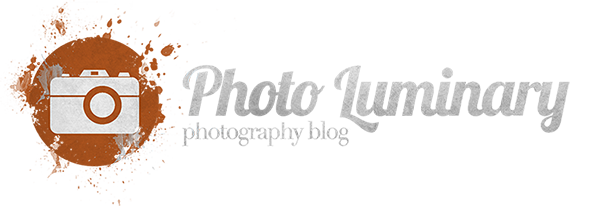History Of Cameras
The history of cameras goes back further than most people realize. In the 16th and 17th centuries, cameras were able to project images onto paper and glass. However, printing the images captured by early cameras was not to come for many more years.
 Camera Obscura
Camera ObscuraEarly scientists up until about the 17th century thought that light was simply the color white as seen by the human eye. Isaac Newton discovered through research that light is in actuality composed of a spectrum of colors. Isaac Newton contributed greatly to the study of optics, but didn’t actually work on developing the camera.
The earliest camera to actually become socially popular is the pinhole camera. The earliest pinhole cameras actually projected an image temporarily onto a paper surface, which was actually temporary. This was considered a useful tool for artists, much like projectors are used today, that could be then traced or painted onto the paper. This first pinhole camera was called the Camera Obscura.
In the 1800’s, camera technology advanced to the point of being able to save an image permanently on a piece of paper. The first attempt at this in 1822 by Joseph Nicephore Niepce, who was a French researcher, resulted in an image that would stay visible on a piece of paper for a little while. Later in 1837, Niepce’s partner, Louis-Jacques-Mandé Daguerre succeeded in capturing a permanent photographic image.
The word “photography” is derived from two Greek words. “Photos” means light and “graphein” means draw. To this day, photography is often referred to as “drawing with light” or “painting with light”.
The process of exposing an image required up to half and hour of light exposure up until about 1850. A new process was discovered in 1851 which allowed for exposure times of only 2-3 seconds.
 Camera Obscura
Camera Obscura20th century camera developments happened at a rapid rate, as did other technologies. These developments made the process of taking a photo affordable and easy enough for the average citizen. It was during this period that photography took off as a mass cultural activity, as it remains to this day.
Digital cameras did not become commercially available until 1985, and were introduced initially by Pixar. However, it wasn’t until the 1990’s that digital photography became the major focus in photography.
 Antique dry plate Kodak camera
Antique dry plate Kodak cameraIt remains to be seen what the future will hold for cameras and photography, but judging by the history, it should be interesting…to some of us anyway!



One Response to History Of Cameras